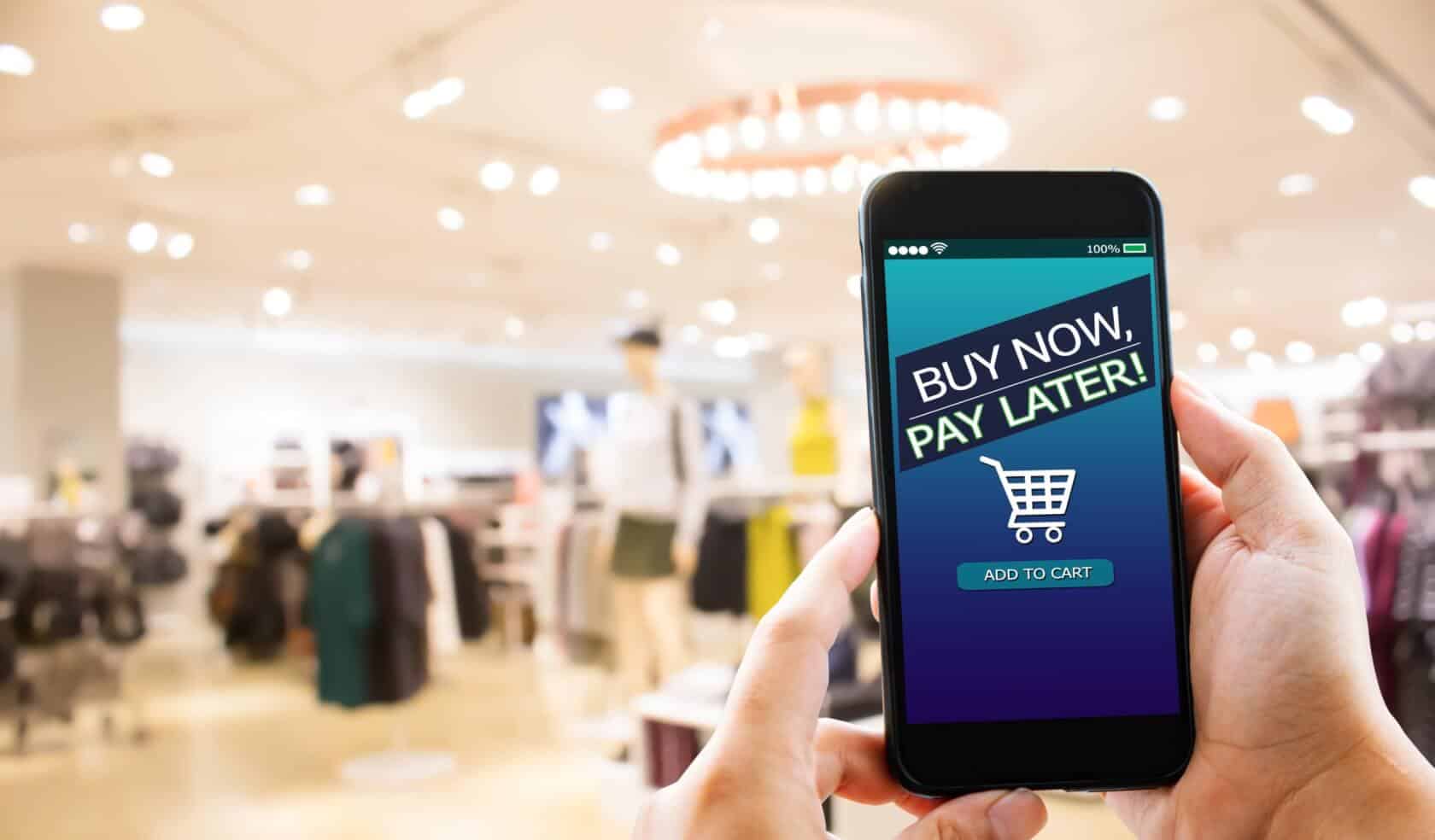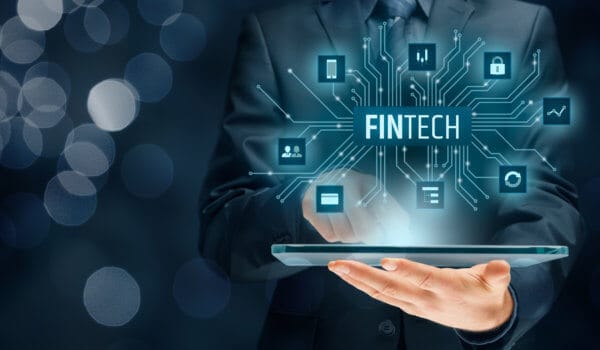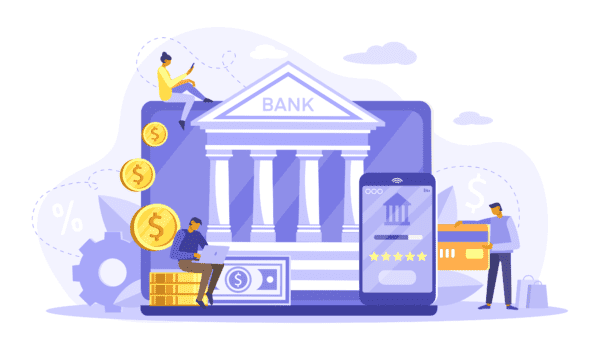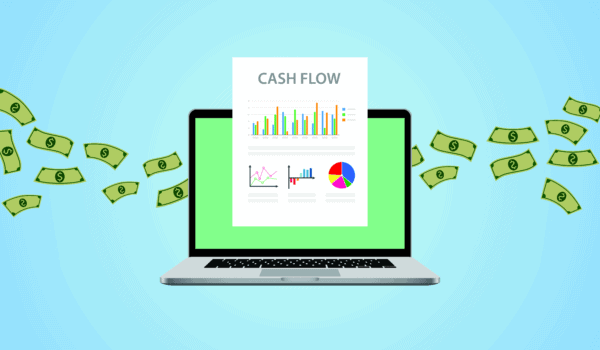Innovative payment methods, such as Buy Now Pay Later programs, are clearly here to stay. Such payment systems help both consumers and merchants, and it is projected that this payment method will only exponentially rise in popularity as the global e-commerce sector accelerates.
COVID-19-related news has dominated the headlines for the past two years with considerable
coverage globally on infection rates, deaths, and the impact on the travel and aviation
industries. Aside from that, the epidemic has wreaked havoc on the global economy, with
growth slowing to 3.3 percent in 2020 after a long era of expansion, according to the IMF’s
April 2021 World Economic Outlook Report.

Buy Now Pay Later Explained
Against this backdrop of economic instability, a burgeoning trend is gaining traction among
retail customers: Buy Now Pay Later (BNPL) agreements. Instead of paying the full price upfront, this payment option allows the customer to pay in installments over time without paying
interest on the transaction. According to CNBC, nearly all of Afterpay’s customers repaid
their installment in 2021, Block CFO Amrita Ahuja explained when questioned about the
BNPL scheme. She added 98% of consumers’ installments were repaid by end of the year
and she said that it’s a key focus area for them.
The caveat is that there will be penalties, such as late payment fees and monthly
account-keeping fees, which can quickly pile up if they are not paid on time. Consumers and
retailers, on the other hand, are not unfamiliar with this kind of deferred payment. The
adoption of mobile technologies and innovative enterprises that utilize new capabilities that
make this way of payment smooth in the ever-evolving retail payment landscape is what is
resurrecting this method of payment. Klarna, a lifestyle app has now gone fully online with
their shopping app giving consumers to get shopping tips tailored to you and giving
consumers the freedom to shop anywhere and pay how they prefer.

What Is the Future Regulatory Outlook for BNPL Schemes?
Innovative payment methods, such as BNPL programs, are clearly here to stay. Payment
systems like BNPL help both consumers and merchants, and it is projected that this
payment method will only exponentially rise in popularity as the global e-commerce sector
accelerates owing to a pandemic-induced frenzy, accounting for 19 percent of retail sales
share over the past year. As a result, proper regulatory measures are expected to augment
this with stronger consumer protections and purchases.
In early February 2021, the Treasury indicated that the Financial Conduct Authority (FCA)
will be seeking to regulate interest-free BNPL schemes, based on the UK’s experience, as
the regulatory agency is considering such credit agreements as part of its unsecured credit
market review. While the FCA interacts with its stakeholders before bringing forward
legislation to ensure that regulatory measures of BNPL schemes are adopted
proportionately, these suggestions were part of the broader terms discussed by the Woolard
Review.
Regulators in other Asian countries, such as the Monetary Authority of Singapore (MAS),
have yet to publish a schedule for reviewing BNPL platforms and products. To alert
consumers and emphasize the hazards of overspending when utilizing BNPL services, the
MAS is now relying on local media and digital channels. Such knowledge is vital, even if it
takes a gentle approach, as a recent survey in Singapore indicated that roughly 38% of the
population, or over a million people, have utilized a BNPL service.
The scale and number of innovations witnessed in the retail payment sector in recent years
indicate that regulators are catching up with fintech companies, implying that authorities
must go beyond reactive measures and adopt more sustainable practices. It would be
encouraging to see more regulators develop frameworks for financial and fintech service
providers to rethink their business models with social utility as the primary goal.
In the case of BNPL schemes, regulators are still being cautious due to the lack of policies that
could be seen as reactive and stifling to the innovative retail payment space. As a result, it is
up to fintech companies and BNPL platforms to ensure that their customers are protected
and that their products do not put them in financial ruin while the pandemic continues to
loom over the global economy.
Photo: panuwat phimpha/shutterstock.com
You might also like:
Trends that Are Turning Up the Heat in Electric Vehicle Innovation
Support us!
All your donations will be used to pay the magazine’s journalists and to support the ongoing costs of maintaining the site.
Share this post
Interested in co-operating with us?
We are open to co-operation from writers and businesses alike. You can reach us on our email at cooperations@youthtimemag.com/magazine@youthtimemag.com and we will get back to you as quick as we can.









